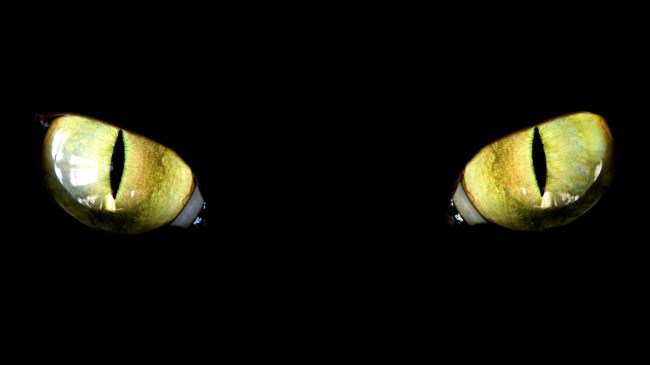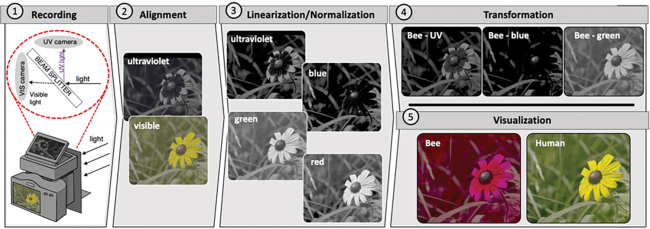iStockphoto
A new camera system can now recreate how animals see the world and perceive colors with amazing accuracy.
“Plants, animals, and fungi display a rich tapestry of colors. Animals, in particular, use colors in dynamic displays performed in spatially complex environments,” the scientists state in their research paper published in the journal PLOS Biology. “Although current approaches for studying colors are objective and repeatable, they miss the temporal variation of color signals entirely. Here, we introduce hardware and software that provide ecologists and filmmakers the ability to accurately record animal-perceived colors in motion.”
“We went outdoors to film the birds in the trees, and only then it sunk in how bright the skies are in UV colours,” lead researcher Vera Vasas of Queen Mary University of London told New Scientist. “The sky is a different color to most of the animals than it is to us.”
So how did they accomplish this?
“Specifically, our Python codes transform photos or videos into perceivable units (quantum catches) for animals of known photoreceptor sensitivity,” the researchers explained.
“The camera system and the associated software package will allow ecologists to investigate how animals use colors in dynamic behavioral displays, the ways natural illumination alters perceived colors, and other questions that remained unaddressed until now due to a lack of suitable tools,” they continued.
“When compared to the old spectrophotometry method, this new camera system was found to predict perceived colors with an accuracy of over 92 percent,” Zoologist Eleanor Higgs of IFL Science explained.
Plus, it’s really cool.
“The team do acknowledge some limitations of their system, such as the need to use manual focusing and the challenges of keeping a fast-moving object in focus,” she added.
Another cool thing about it is that, as the researchers wrote, “As all components are open source, the tools invite continued improvement.”



